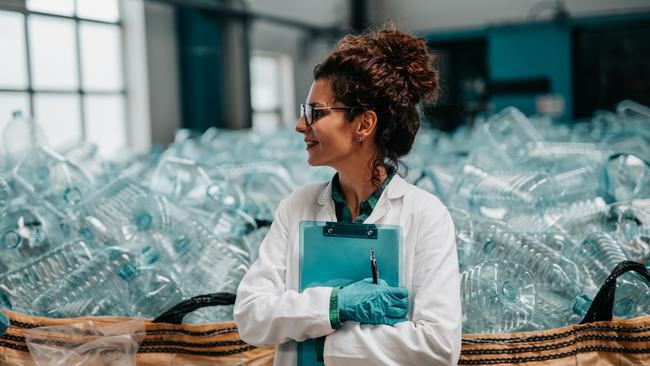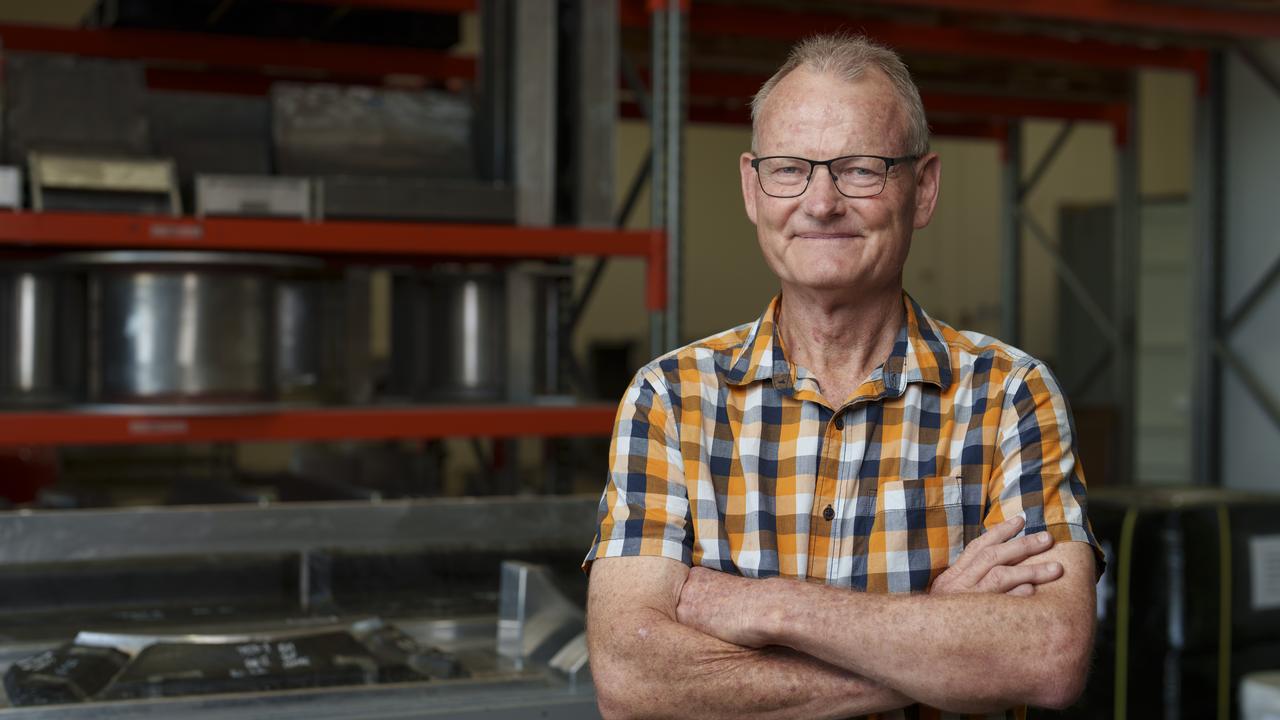Why doing good for the planet is also good for business
Aside from the environmental imperative, reducing emissions is all about access to markets, to capital, and to people, says BDO. Here’s some tips all businesses should consider.

QBW
Don't miss out on the headlines from QBW. Followed categories will be added to My News.
Naturally, there is a moral case for lowering our greenhouse gas (GHG) emissions but doing right by the planet is also good for business.
Over the last few years, ‘decarbonisation’ has gone from a buzzword, understood well by few, to something all businesses must take seriously. Since the Australian Government’s landmark Climate Change Bill passed in September 2022, Australia’s emissions reduction target of 43 per cent by 2030 and net zero emissions by 2050 are set in law. Now, the impending release of mandatory climate-related reporting requirements will further shape how businesses and regulators look at emissions. We expect mandatory sustainability reporting requirements will be close behind, which will also be a game-changer for Australian organisations right across the supply chain.
So, what does this mean for your business? This could be your organisation’s catalyst to start or accelerate its decarbonisation journey.
In my opinion, aside from the environmental imperative, reducing emissions is all about access to markets, to capital, and to people. How does your organisation appear to potential candidates regarding action on climate change? What is the reputational risk, to customers or suppliers, of doing business with you?

How your organisation acts in this space could directly affect talent acquisition or staff retention and the terms for access to funding. While decarbonisation will be easier for some businesses to achieve than others, each business can begin its journey by understanding the basics and developing a plan. I recommend a three-phase planning process – measuring, discovering, and implementing. Firstly, it’s important to understand your existing emissions and your current state. You need to capture the data, establish a baseline and understand which emissions are under your organisation’s operational control, and which are indirect emissions. Next, think about what your business is hoping to achieve. What solutions are available? What’s commercially viable? What’s realistic to implement? These goals should be science-based and align with the broader enterprise strategy.
Lastly, how will the implementation of targets flow through all aspects of the business? Set a framework and an ability to monitor progress for continuous improvement.
Remember, decarbonisation is a journey and your business’s plans should be able to adapt and improve over time – allowing for tweaks, acceleration, or the ability to try new things.
Brett Spicer is a sustainability partner in BDO’s Brisbane office


